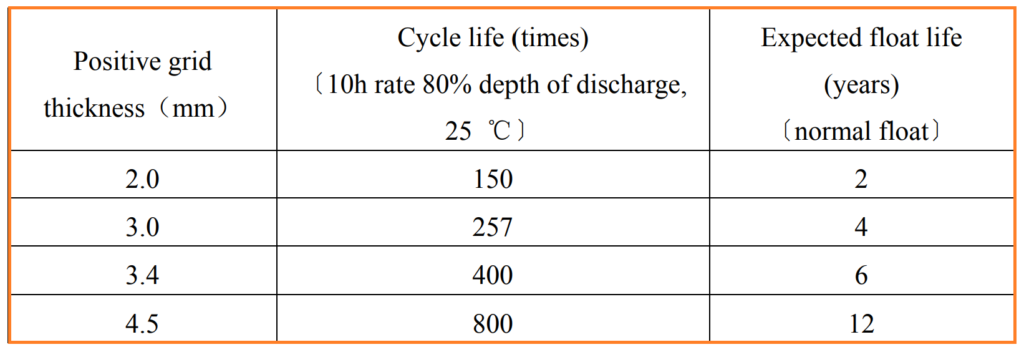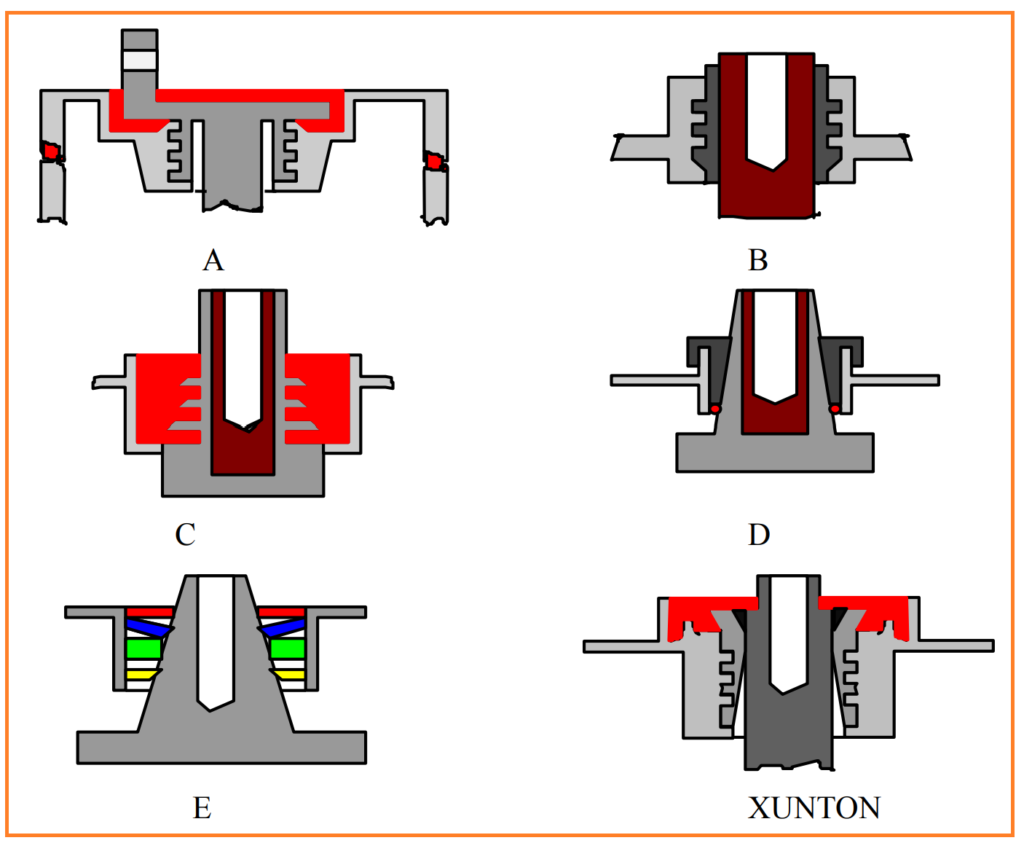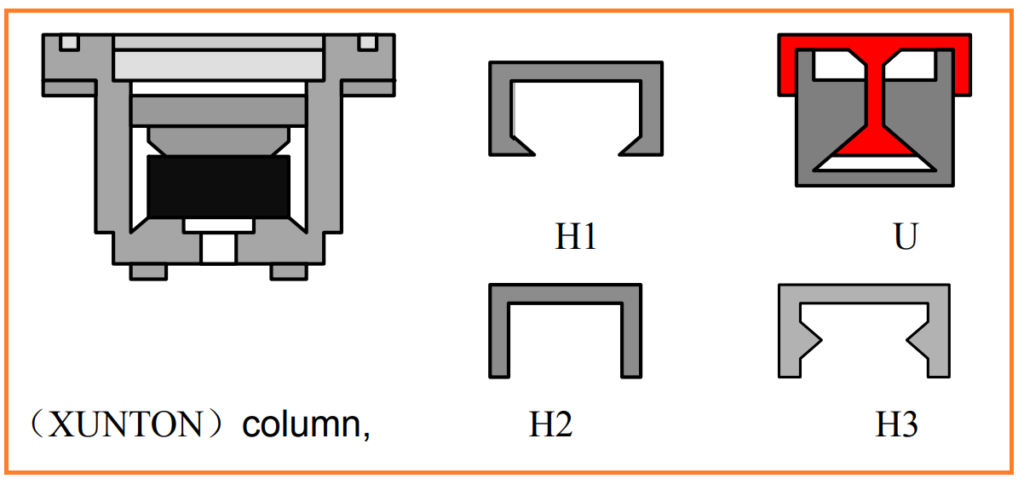Designing a VRLA (Valve Regulated Lead Acid) battery involves several key considerations to ensure optimal performance and longevity. Here are the essential aspects of VRLA battery design:
1. Grid Alloy Selection:
- Positive Grid Alloy: VRLA batteries require positive grid alloys with excellent corrosion resistance and low self-discharge rates since these batteries are designed for maintenance-free operation. Common positive grid alloys include lead/calcium, lead/calcium/tin, lead/calcium/tin/aluminum, and lead/antimony/cadmium. Different alloys offer varying performance characteristics. For example, lead/calcium and lead/calcium/tin alloys have good floating properties but may form calcium sulfate, while lead/calcium/tin/aluminum and lead/antimony/cadmium alloys are more well-rounded in terms of performance.
- Negative Grid Alloy: VRLA batteries typically use lead/calcium alloys for the negative grid to minimize hydrogen evolution.
2. Grid Thickness:
The thickness of the positive plates plays a crucial role in determining the battery’s lifespan. Thicker plates generally result in longer battery life.

3. Percentage of Active Material:
- The percentage of active material in the positive and negative electrodes affects the battery’s performance. Typically, positive electrode active material utilization ranges from 30% to 33%, while negative electrode active material utilization ranges from 60% to 70%. In practical applications, the negative electrode’s active material utilization is often higher than the positive electrode’s. A 1:1.0 to 1.2 ratio of positive to negative active material is common in VRLA batteries.
4. Diaphragm Selection
- VRLA batteries use glass fiber cotton separators, which should exhibit properties such as excellent acid resistance, uniform thickness without pinholes or impurities, appropriate porosity, good electrolyte absorption and retention capacity, low resistance, and adequate mechanical strength.
5. Shell and Lid Structure and Material:
- Battery case cover design should prioritize strength, thermal properties, and pole cover seal design. Depending on the material used (e.g., PP, ABS, PVC), considerations include wall thickness, heat dissipation area, thermal conductivity, and overall structural integrity.
6. Pole Shell Cover and Seal Structure:
Proper sealing of the pole and shell cover is critical to prevent leakage and maintain the integrity of the battery. Manufacturers may use different sealing methods, such as heat sealing or adhesive sealing, depending on the materials used.

7. Electrolyte:
- VRLA battery electrolyte typically contains sulfuric acid at approximately 1.5 times the theoretical amount. The specific gravity of the electrolyte is typically around 1.30g/ml.
8. Safety Valve of VRLA:
- The safety valve is a crucial component that directly affects battery life, safety, and performance. It should meet various technical requirements, including one-way opening, directional sealing, controlled pressure differences, long service life, acid filtration, burst resistance, shock resistance, acid resistance, and resistance to extreme temperatures.
Commonly used safety valve types include column, hat (H), and umbrella (U) valves, each with specific structural characteristics to meet safety and performance standards.

Designing a VRLA battery involves a balance of these factors to achieve the desired performance, longevity, and safety in various applications, from uninterruptible power supplies (UPS) to communication systems and more.